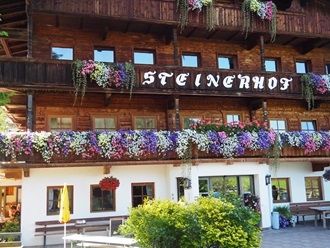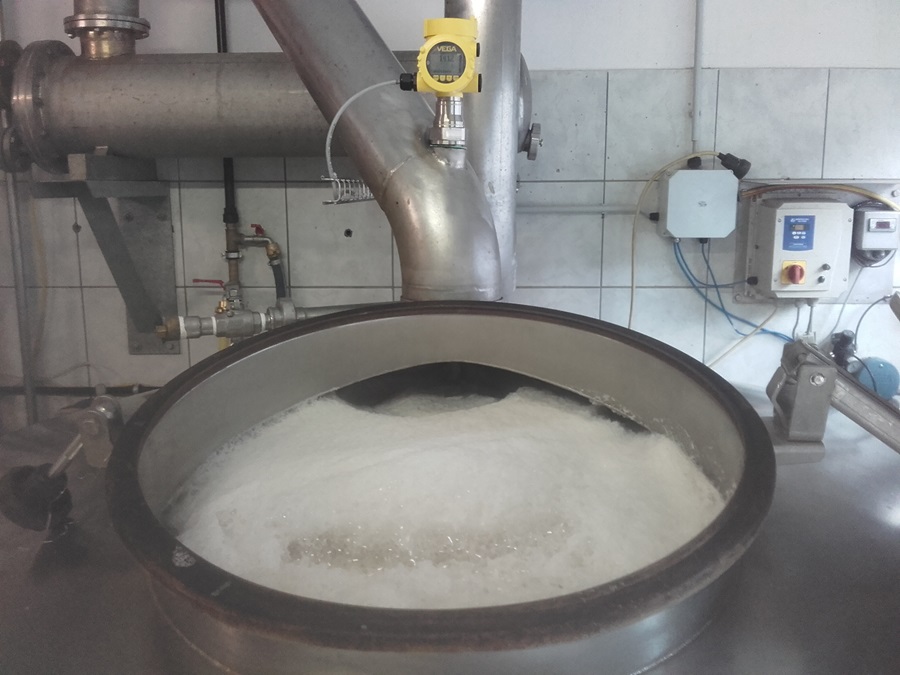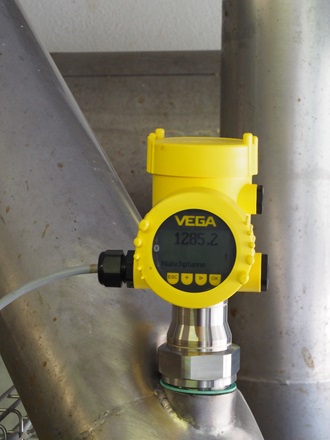VEGAPULS 64 delivers results in a schnapps distillery |
There are people who claim that Krautinger is more of a ‘medicine’ than a beverage. Everyone has their own opinion about the taste of the liquor, which has a hint of vegetables in its flavour. In any case, it is unbeaten when it comes to the number of stories that proliferate around it and its what gives it its uniqueness. What other foodstuff or beverage can claim to have received a royal warrant personally from the Empress Maria Theresa in the 18th century? This granted the farmers of the high mountain valley Wildschönau, the sole right to distil this liquor from the autumn turnip.
This tradition is still followed today by just 15 families in Wildschönau, an Austrian community in the Kufstein district of Tyrol and it has become a hallmark of the region.
A long time ago, to keep the quality of the schnapps constant, Thaler started the process to make production more efficient.
Small container, sticky fluid and installations inside the boiler – VEGAPULS 64 measures reliably nevertheless.
VEGAPULS 64 is ideal for measuring tasks in small containers and apparatuses, for example in the food and pharmaceutical industry. Since the antenna system has been integrated into the process connection, the antenna itself does not project into the container. This makes it possible to measure reliably right up close to the process fitting. The operator utilizes this feature to great advantage in the production of Krautinger, since foam and bubbles often reach the top of the boiler.
VEGAPULS 64 also proved to be easy to install. Haas simply mounted the sensor onto an existing socket. After that, however, he had more ideas: He set up the system so that the signal, i.e. the level in the boiler, is automatically sent to Thaler’s mobile phone. The family head is thus always up to speed on his process, knowing whether or not the liquid has boiled for long enough. As soon as the correct volume is reached, the burner now automatically switches off and the temperature drops, Thaler is then able to continue with the subsequent processing steps.
Related products
Export this article
Download as PDFShare this article
Comments ({{comments.length}})
{{getCommentAuthor(comment, "Anonymous")}} {{comment.timestamp | date : "dd.MM.yyyy HH:mm" }}
{{comment.comment}}





